
The UCI Mountain Bike World Series race season will run from April 3rd to October 12th in 2025 across all disciplines. During this six-and-a-half-month season, professional mountain bikers are consumed by the challenges of traveling, racing, and recovering.
The off-season is a welcome reprieve from the chaos and nomadic lifestyle that grips these athletes during the height of competition. When the off-season arrives, most pros take a few weeks to unwind and get off the bike completely, but then it’s back to the training grind to prepare for next season. For the bulk of pros who live in the Northern Hemisphere, that means their training for the upcoming season will take place during the cold, dark depths of winter.
Naturally, many will look for a way to get out on dry trails to make their training a bit easier. While that might mean traveling as far south in their home country as possible, we often see professional athletes ranging from cross country and endurance disciplines to enduro and downhill travel to the Southern Hemisphere to ride and train on the other side of the planet during the warm summer months.
For gravity-oriented athletes, one mecca sounds a siren call that’s impossible to ignore: Queenstown, New Zealand.

The annual influx of gravity pros into Queenstown
During the summer season in Queenstown, the number of Red Bull helmets in town ticks sharply upward, according to Natalie Sharples, Marketing for Queenstown Mountain Bike Club (QMTBC). Queenstown’s pro-level jump lines draw some of the best freeride athletes in the world. For mountain bike-specific jumps, the massive Dream Track on Fern Hill is the place to go, with gigantic gaps and features that you’ve likely seen in more than one movie.
Gorge Road Jump Park is home to the dedicated dirt jump scene. Gorge Road is “specifically built for dirt jump bikes and BMX bikes,” said Sharples. “It’s definitely a training ground for a lot of the best riders, where they come and ride quite a lot, given just how intimidating and huge the big lines are.”

In addition to pros visiting from out of town, Queenstown has a healthy contingent of local pros as well. Pivot Cycles, in particular, has a strong showing: Bernard Kerr, Ed Masters, and Matt Walker all call Queenstown home. I had the chance to ride with Masters for a day, and I asked him about the other downhill and enduro pros he sees visiting the area during their summer season.
“Often they’ll come for three weeks. Next year, they come for four, then there’ll be five. Then it might be two months,” said Masters. “I’d say it’s the premier off-season spot. Three lift-assisted bike parks within an hour of Queenstown. Just the amount of variety of riding and just good vibes, good weather. And obviously, a scenic, beautiful place. There’s a lot of draw cards.”
Here’s an overview of the three lift-assisted bike parks that Masters mentioned.

Ben Lomond Trails, aka Queenstown Bike Park, aka Skyline Bike Park
Queenstown boasts an in-town lift-served bike park with a gondola rising directly from downtown. Notably, the Skyline Gondola doesn’t operate for skiing in the winter: it solely serves mountain bike laps and sightseeing activities for tourists. It’s rare to find such a dense network of extremely challenging downhill trails that’s so incredibly accessible and not located within a ski resort.
“The Skyline Bike Park has some really gnarly, technical trails,” said Masters. “People who come, they’ll be like, ‘Wow, that’s one of the best tracks I’ve ever ridden,’ and it’s a four- or five-minute lift up, so you can just do a shitload of laps.”
As I ripped lap after lap through the Ben Lomond trails, I was stunned by the sheer density of the trails lacing the steep, heavily-wooded mountainside. At first, the network felt confusing, but then, gradually, I got the hang of how the trails flow and connect.

There are several intermediate-friendly flow trails and jump lines down the flanks of the mountainside, with Vertigo and Colonel Senders being crowd favorites (they do love their KFC in New Zealand). However, the bulk of the trails on the mountain are steep, technical, raw lines. I managed to ride basically everything from grade 3 to grade 5 (equivalent to blue up through a difficult single black bordering on double black), but I didn’t care to test my mettle on any of the grade 6 trails.
As for the naming confusion, the Ben Lomond trails have recently been “rebranded,” according to Sharples. Essentially, the Skyline Gondola provides the uplift access to the trails, but the trails are not built, managed, maintained, or patrolled by Skyline. Instead, QMTBC has recently acquired the contract to maintain these trails. Skyline does contribute some funds every year to QMTBC to help with the maintenance, alongside the local government and wealthy local donors. Also, most importantly, anyone can ride the Ben Lomond trails for free if they’re willing to pedal up the mountain.
When I’m traveling to ride in other corners of the world, I always have my eye out for places I can travel car-free to reduce my environmental impact, travel cost, and stress level. Thanks in large part to the Skyline Gondola, Queenstown is definitely a viable car-free mountain bike destination.
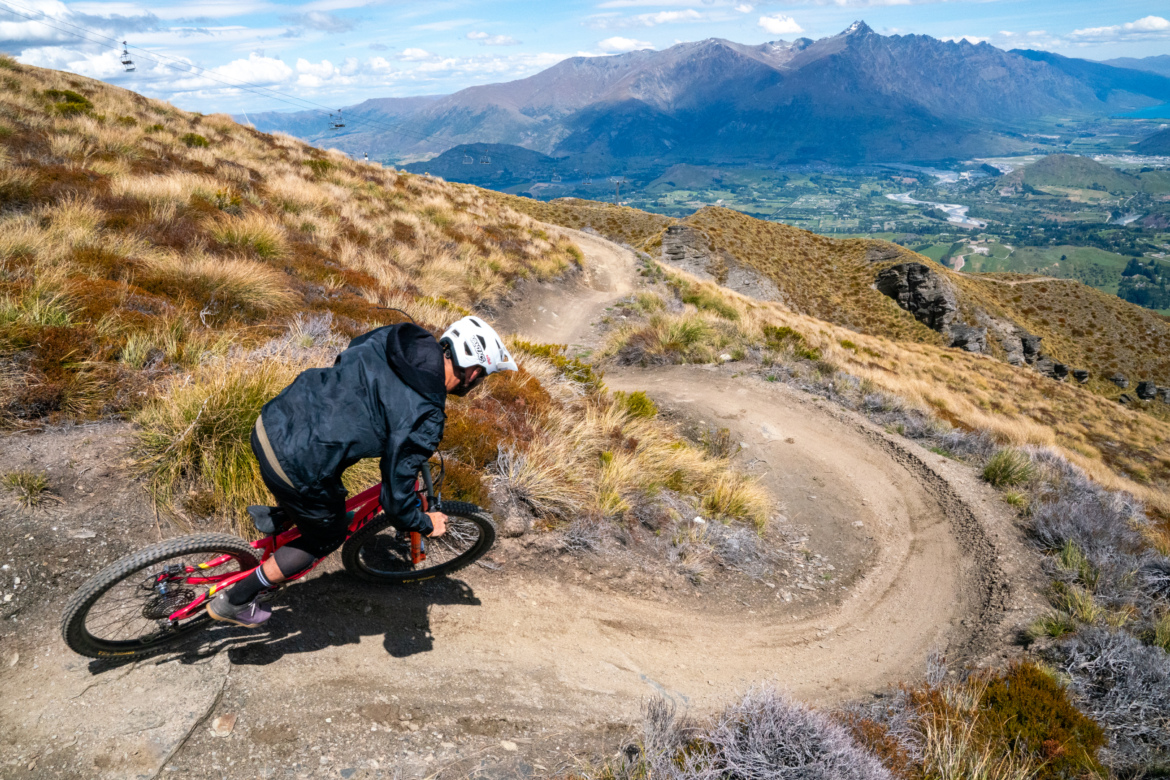
Coronet Peak
Coronet Peak is just a few minutes from Queenstown, but it’s located in a radically different environment. While Ben Lomond is in a dense forest, Coronet Peak hugs the bare mountaintop of the eponymous peak, providing expansive views of the surrounding mountains and Lake Wakatipu beyond. While Coronet currently offers just three trails off the top of the lift, according to Masters, they hope to build more trails in the future. However, since the resort operates on public land, there are more environmental hoops to jump through.
Still, the trails that Coronet does offer are superb! Both of the main downhill lines feature a mash-up of rock slabs, rock gardens, sculpted berms, jumps, and ledge drops.

It might sound weird to say, but Coronet’s berms are the true highlight — they’re unlike anything I’ve ever ridden before. It’s common for trail builders to dig stacks of flowing corners into a narrow valley, so the rider will swoop up one side, then down into the bottom of the valley, and then back up the other side. For most trail builders, this is enough of a natural berm to keep the riders moving. Others will build a berm on top of the ground so riders can carry additional speed. But what if you were to carve down into the hillside and build a berm so tall that the wall doesn’t just go vertical, but the top of the berm begins to cup over, forming a lip that you literally can’t fly out of?
That’s what you’ll find on Coronet Peak. It’s difficult to describe in words or capture in pictures, but as you’re railing a berm and you see the dirt literally towering over your head, it’s a surreal feeling!
From the trails on Coronet, riders can access the famous Rude Rock trail, which forms a part of the famous Dirty 4 route — a top-to-bottom run from Coronet Peak to the bottom of the valley below. More on this in a future article.

Cardrona Alpine Resort
Cardrona is located just over an hour’s drive from Queenstown, but as the highest-elevation bike park in New Zealand, you can’t miss it! The long-distance views are stunning (albeit not quite as grandiose as those from Coronet), but the trail quality and variety blow Coronet out of the water.
The mountain boasts 345m (1,131ft) of vertical served by not just one but two different lifts. Cardrona arguably offers the best range of MTB trails of the three bike parks profiled here, with two green trails at the bottom of the spectrum and everything in between, up to a double black jump line bordering on a pro line. In the middle of the bell curve, there are several fantastic jump trails — particularly Grasshopper and Hi Viz.

They’ve borrowed the Whistler trail difficulty rating schema, whereby trails are split into two categories (freeride and tech) and then are rated against each other. I had a fantastic time exploring the more natural tech trails and found the rocky, raw lines play to my personal MTB strengths. Some of the so-called intermediate freeride lines offered a ride style more akin to a machine-built singletrack trail that you’d find outside of a bike park, with swooping corners, fast sections, and the occasional rock feature, but few jumps.
To finish the day, Cardrona offers a 10km long top-to-bottom run that drops about 1,280 vertical meters (4,200ft) in a similar style to the Dirty 4. It’s not nearly as well-built as Rude Rock, Morning Glory, and Hot Rod, but who’d turn down 1,280m of descending?!
Off the Bike

Accommodation: Stay of Queenstown
The Stay of Queenstown is a small collection of beautiful apartment-style lodgings (or “accommodation,” as they say in New Zealand). The apartments all feature trendy interior decorating and gorgeous views over Lake Wakatipu and the mountains beyond. They’re also easily walkable to downtown, so you don’t have to deal with traffic or pay for parking when you want to go out on the town. Again, if you want to travel to Queenstown car-free, you could easily get a shuttle or a cab from the airport to the Stay of Queenstown and then pedal or walk most everywhere you want to go.
For bike-specific amenities, the Stay of Queenstown provides a locked ski/bike shed for secure storage. There aren’t any bike wash facilities, but you can find a bike wash in town.

My personal highlight from my stay at “Stay” was the breakfast. Yes, the breakfast. Fresh breakfast foods are included in the lodging cost, and the housekeepers ensure the food stays full when they turn the room over each day. We arrived to fresh-baked bread that was still warm along with fresh fruit, refrigerated food like milk, fresh-squeezed orange juice, breakfast meats, and yogurt. There’s also delicious granola, banana bread, muffins, chocolates, coffee and tea, and more. While not breakfast-related, two free beers were also included (although these aren’t replenished).
Prices start at ~$425 NZD per night but vary based on the specific unit and peak times. Book at StayOfQueenstown.co.nz.
Accommodation: more recommended options



Activity: Bungy Jump
The Kawarau Bridge is the birthplace of commercial bungy (aka bungee) jumping, but at just 43m (141ft) high, it’s now quite small in the grand scheme of things.
That’s why the local bungy jump company, AJ Hackett Bungy (founded and named after the famous bungy jumping pioneer), built the “Nevis Playground,” which offers a massive 134m (440ft) bungy jump — the tallest in Australasia and the third tallest in the world!
While it’s expensive, and it’s over quickly, I can confirm that choosing to jump off a ledge and freefalling 440 feet into a mountain canyon is unlike everything I’ve ever done before, including skydiving. The bounce back up and the weightlessness at the top of the bounce is an absolutely unique experience that might be a once-in-a-lifetime (although I hate to use that phrase).
Nevis Bungy begins at $395 NZD, and you can add on additional attractions — a giant swing and a catapult — for an additional fee. Book at Bungy.co.nz.

Dining
Queenstown is a world-famous tourist town, which means you can find just about any type of cuisine that you’d like. That said, due to its proximity to Asia, all types of authentic Asian food are well represented here, especially Japanese, Vietnamese, and Thai. I highly recommend sampling the authentic Asian food on offer.
While some of the well-known restaurants might have a line out the door, there are so many restaurants crammed into downtown Queenstown that if you’re willing to be flexible, you probably can avoid waiting for a table. With so many restaurants to choose from, it’s difficult to give recommendations, so run a Google search, but be willing to follow your nose!

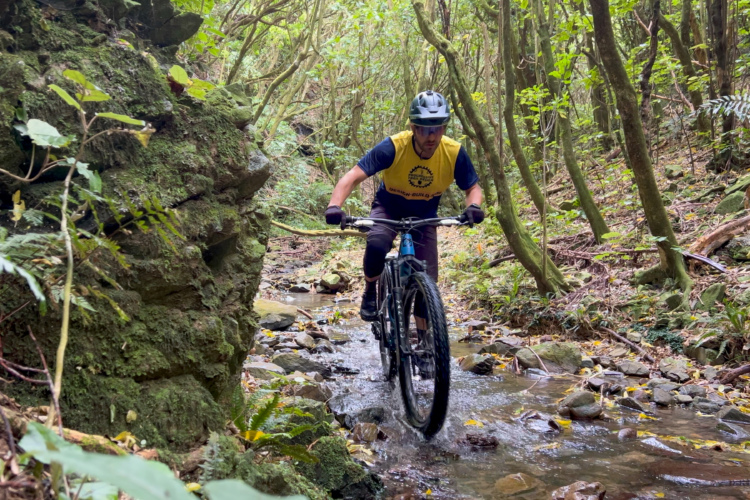


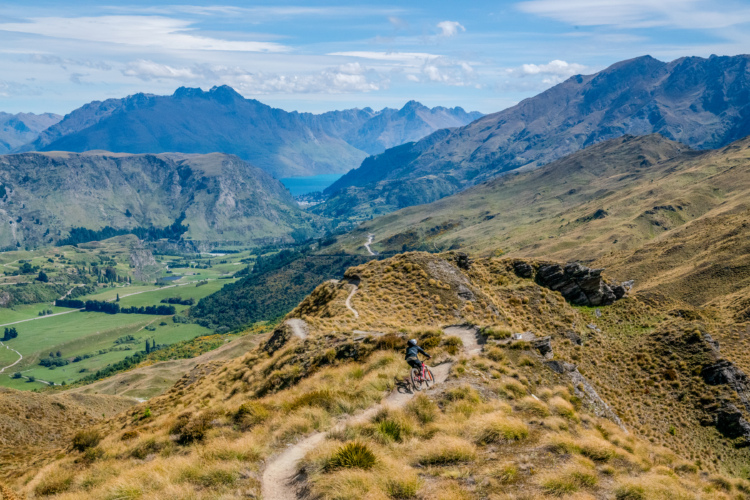
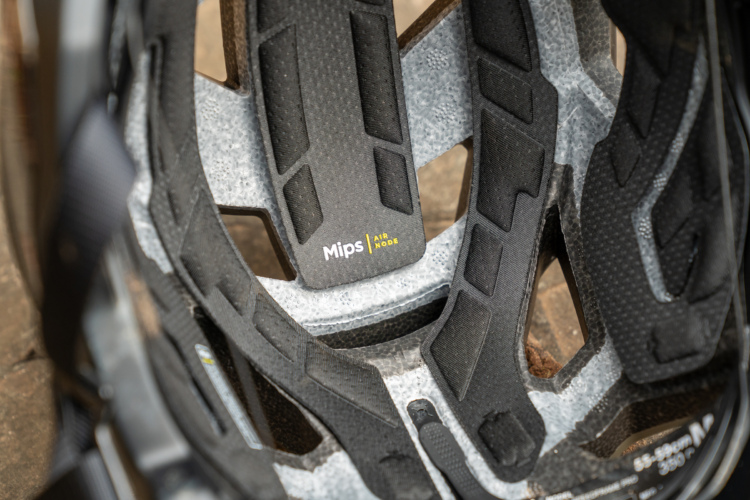

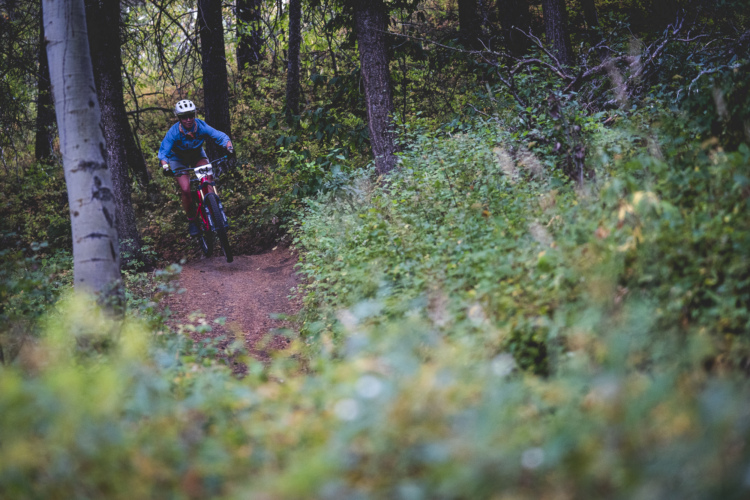
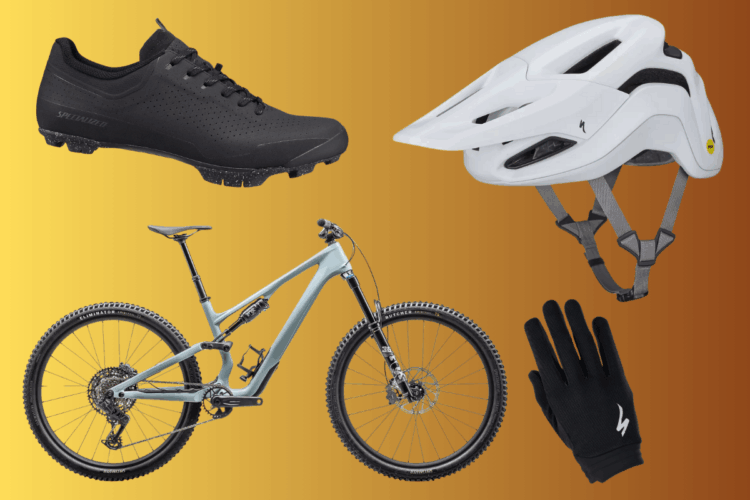

0 Comments